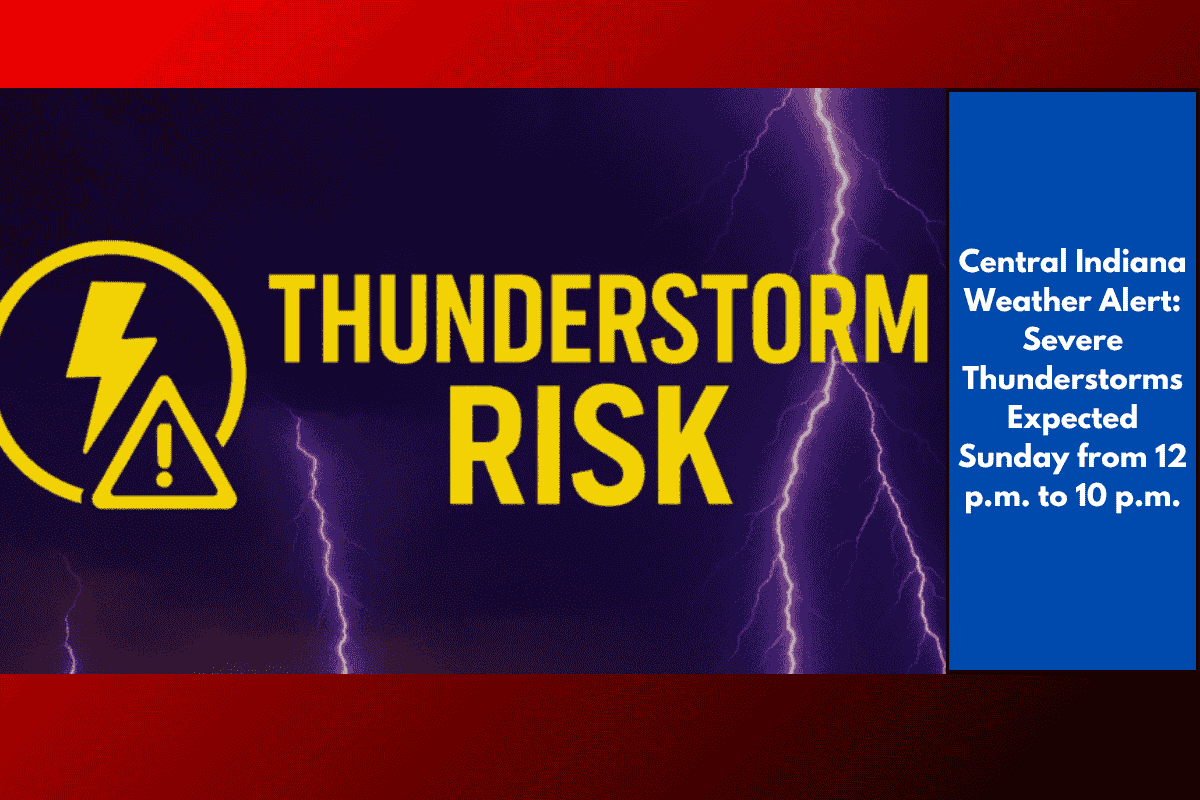In response to potential federal funding cuts, Charleston County has taken steps to ensure it is prepared for hurricane season by reclassifying its rainy-day fund into a disaster relief fund. This move comes as local governments, including Charleston County, anticipate challenges in securing emergency funds from FEMA (Federal Emergency Management Agency) due to cuts in federal emergency management funding.
Reclassification of Funds
On Thursday night, the Charleston County Council voted to reclassify its rainy-day fund to specifically serve as a disaster relief fund. This decision is aimed at ensuring the county is well-equipped to handle the financial demands of responding to a natural disaster even if federal aid is not immediately available.
Charleston County Councilman Joe Boykin, representing District 8, explained the rationale behind the decision: “The prospect of a higher threshold to get assistance from state and federal agencies means we have to take care of ourselves first. We have a responsibility to our citizens to make sure we have sufficient funds put aside to respond appropriately to the needs after a disaster.”
Federal Funding Concerns
The concern over federal funding has grown following President Trump’s order to cancel billions of dollars in FEMA funding. This cancellation has raised alarms in local governments across the country, as they may now be forced to shoulder more of the financial burden in the aftermath of a disaster.
Charleston County is particularly worried about a decrease in mitigation funding and the limited funding for county drainage. These cuts could pose significant challenges in preventing and managing flooding, a common issue during hurricane season in the region.
Councilman Teddie E. Pryor of District 5 shared the council’s commitment to ensuring that local resources are available, even if federal support is delayed or unavailable. “We don’t want our constituents to be waiting on service because we’re short on funds,” he said. “This council has always been responsible, and we want to continue to be responsible.”
Changes to the Fund Allocation
Prior to this decision, roughly 4% of the county’s budget was set aside for the rainy-day fund. With the new disaster relief fund in place, that amount could increase to up to 8%, depending on the county’s needs in the event of a disaster. The exact amount will be adjusted based on factors such as the number of storms, the severity of the damage, and how much of the fund is used.
Currently, the county’s disaster reserve stands at $17 million, which includes the rainy-day fund. Council members emphasize that this money will be used first and foremost to ensure that the county’s staff and operations are funded, so they are ready to respond quickly and effectively to any natural disaster.
Ongoing FEMA Funding Issues
Despite the local efforts to prepare for a potential shortage of federal funds, FEMA funding remains uncertain, with many of the proposed cuts still going through the judicial system. As these cuts continue to be debated, local governments like Charleston County are taking matters into their own hands, ensuring that they can meet the needs of their citizens without relying on federal assistance.
Charleston County’s proactive steps to increase its disaster relief funds reflect the growing concern over the reliability of federal support during hurricane season. By reclassifying its rainy-day fund and bolstering its disaster reserve, the county aims to ensure that it can respond to any natural disaster, protecting its citizens and infrastructure regardless of federal funding availability.














